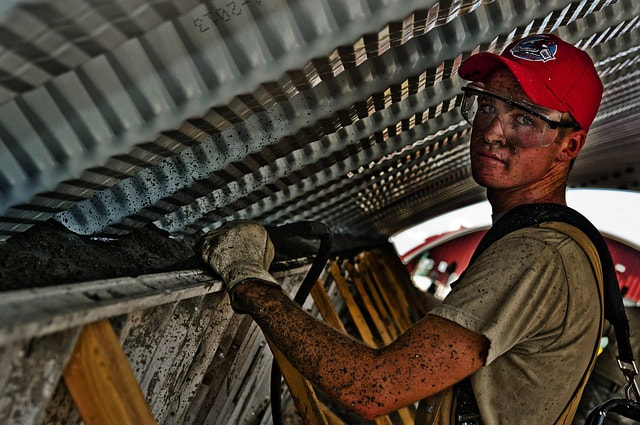Although some injuries are minor, many are severe enough to require one or more days away from work. Some injuries can even lead to permanent damage. The Occupational Safety and Health Administration (OSHA) reports that thousands of people are blinded each year due to work-related eye injuries. In addition to traumatic eye injuries, we must remember that workers are also exposed to infectious diseases through their eyes in work-related accidents. Our eyes have permeable mucous membranes that allow substances to pass through when exposed to certain substances. When exposed to blood splashes and respiratory droplets of infected individuals, for example, infectious diseases can be acquired through our eyes. Let’s look at how we can prevent both traumatic eye injuries and exposure to infectious diseases through our eyes. Causes of Eye Injuries at WorkThere are many different causes of eye injuries at work, including:
Preventing Eye Injuries & Exposure with Proper EyewearAccording to the American Academy of Ophthalmology (AAO), about 90 percent of eye inquires at work could be prevented by wearing proper protective eyewear. Several factors determine the type of eyewear that is appropriate for you in your workplace – most importantly, the type of hazards you are at risk of encountering. Protective eyewear options include:
Protective eyewear is tested to determine its impact and scratch resistance. Whatever type of protective eyewear you choose, make sure it meets the standards established by the American National Standards Institute (ANSI). Safety glasses and goggles should have lenses that are made of impact resistant materials, such as polycarbonate. Please note that proper protective eyewear does not include your regular eyeglasses or sunglasses. You may need corrective lenses to see properly and UV protection when working outside, but neither type of eyewear will protect your eyes from traumatic injury or splashes. In fact, if you wear regular eyeglasses or sunglasses without proper protective eyewear over, those glasses can actually cause more harm to your eyes if they shatter in the event of a traumatic accident. Eye Injury Prevention TipsWhile using the most appropriate protective eyewear for your job and the hazards it presents is the most important thing you can do to prevent eye injuries, you should also take a few additional steps to protect your eyes:
Recognizing a Work-Related Eye InjuryRecognizing a work-related injury as soon as possible is critical. While you should not treat a serious injury yourself, quickly identifying an injury will allow you to get professional medical help fast.
Some signs of an eye injury are obvious. In other cases, symptoms may be mild or subtle. If you know or suspect you’ve sustained an eye injury or you have any of the following signs, see an ophthalmologist immediately:
If you sustain an eye injury at work (or anywhere), see an eye doctor immediately. Do not touch or rub your injured eye or try to remove any objects yourself. Also, do not stop on the way to the ophthalmologist or emergency room for pain medication. You need to get to the doctor as soon as possible to have the best chance at protecting your eye and vision. In the case of chemical burns, flush your eye with clean water for at least 15 minutes and seek emergency treatment immediately. Your employer should provide eye flush stations per OSHA regulations. Go straight there and have a coworker call 911. Even injuries you think are minor can lead to major eye problems. If you have any questions or concerns about eye safety at work or you would like to schedule an appointment with one of our ophthalmologists, please call our office at 508-746-8600. In our next post for Home Eye Safety Month / Eye Injury Prevention Month, we’re talking about “Safe Celebrations: Preventing Eye Injuries During the Holidays”. Don’t miss it! Holiday season will be upon us in no time. Comments are closed.
|
EYE HEALTH BLOGCategories
All
Archives
July 2024
|
|
Kadrmas Eye Care New England
55 Commerce Way, Plymouth, MA 02360
14 Tobey Road, Wareham, MA 02571 133 Falmouth Road (Rt 28), Mashpee, MA 02649 |
Phone Number:
1-508-746-8600 Hours: Monday through Friday — 8 AM – 4:30 PM |


 RSS Feed
RSS Feed
